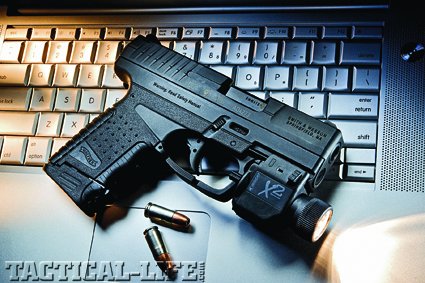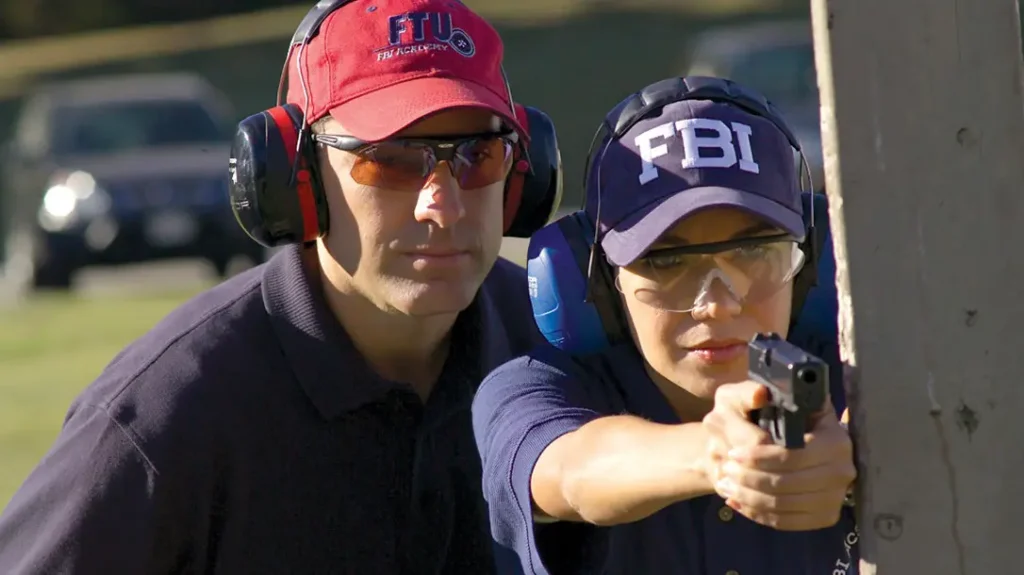The firm of Waffenfabrik Walther was founded in 1886 by Carl Walther and has been turning out first-rate firearms for well over a century. In the early years, Walther produced a variety of handguns, rifles, and shotguns of high-quality but nothing that was especially innovative. That all changed with the PP Model in 1929, the world’s first successful double-action pistol. A few years later, Walther followed up with the Pistole 38 (P38), a double-action service pistol chambered for the 9mm.
Innovation remains a quality associated with Walther to this very day. A decade ago, Walther introduced the P99, a polymer frame service pistol with interchangeable backstraps. This concept has been widely copied by other manufacturers and allows the end user to better fit the pistol to the hand. More recently, Walther has moved in a different direction and come out with the PPS (Police Pistol Slim), a single-stack service caliber pistol optimized for concealed carry. Without question, the PPS has the potential to change the way we think about hideout guns.
In designing the PPS, Walther started with a clean sheet of paper. Aside from the fact that it is a striker-fired gun with interchangeable backstraps, it doesn’t share many qualities with the double-stack P99. What they have succeeded in building is a subcompact, service caliber pistol no larger than many of today’s .380 ACPs.
Advertisement — Continue Reading Below
Gun Details
When handling the PPS for the first time, you will quickly note that it is an extremely slim pistol. A skinny pocket pistol is one thing, but a trim pistol chambered for serious rounds such as the 9mm or .40 S&W, is rare. The slide measures only 0.91 of an inch wide, while the frame at its widest point near the slide lock is 1.04 inches. Total length is 6.3 inches wide with a height of 4.4 inches. To put this in a better frame of reference, the PPS is just a tad larger than a Smith & Wesson J-frame, although its external geometry is quite different.
My model was chambered for the 9mm although .40 S&W is also available. With its 7-round magazine in place, plus one up the spout, the PPS boasts a significant payload advantage over a 5- or 6-shot snub. A 6-round magazine that fits flush with the base of the grip frame is also available, as is an 8-shot magazine.
The slide and barrel of the PPS are crafted from carbon steel while the frame is made of polymer. For a positive hold, the side of the grip frame features a series of raised dots, while the front and backstrap sport a series of stippled bands. The front of the Walther’s grip frame also includes subtle finger grooves.
To resist corrosion, the slide, barrel, trigger bar, and takedown lever are coated with Tenifer. This matte black finish doesn’t have the aesthetic quality of traditional blue or nickel, but is extremely resistant to sweat, chemicals, water and scratching. The Tenifer coating actually penetrates into the surface of the metal, and for a gun to be carried close to the body, it can’t be beat.
Advertisement — Continue Reading Below
Trigger action of the PPS can be categorized as a striker-fired, double-action-only. Trigger action is relatively short and light, and the shot breaks with about 6 pounds of rearward pressure. Its reset is relatively short and a skilled shooter can take advantage of this to fire fast, accurate follow up shots.























